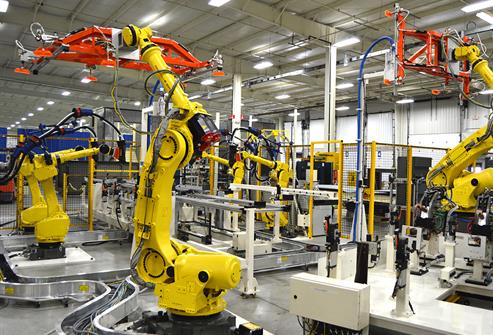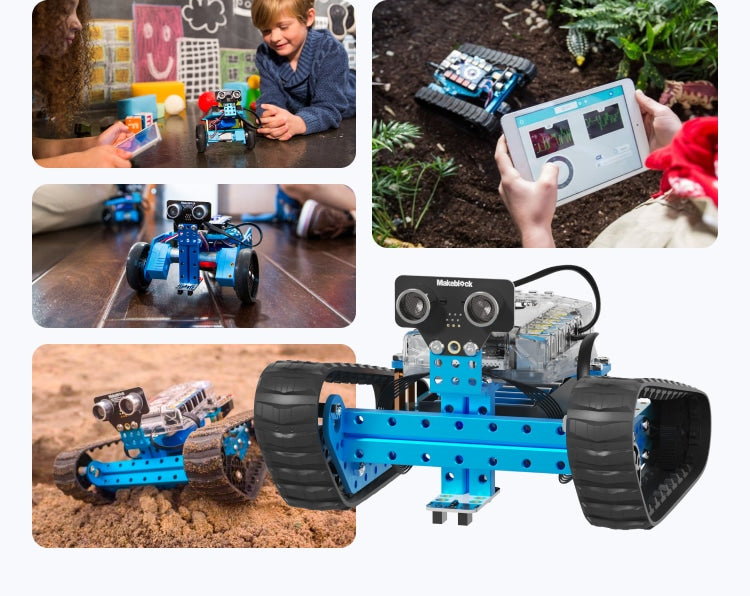How to combine robotics and automation in manufacturing?
Robotics and automation are revolutionizing the manufacturing industry, providing opportunities for increased efficiency, productivity, and quality. However, to truly harness the power of these technologies, it is essential to combine them effectively. In this article, we will explore how to seamlessly integrate robotics and automation in manufacturing processes to maximize their benefits.
1. Understand the role of robotics and automation
Before diving into combining robotics and automation, it is crucial to understand the unique roles each technology plays in manufacturing. Robotics involves the use of machines to perform tasks traditionally carried out by humans, while automation refers to the use of technology to streamline and control processes. By comprehending the distinct capabilities of robotics and automation, manufacturers can leverage both to optimize their operations.
2. Identify areas for integration
Once the roles of robotics and automation are clear, the next step is to identify areas within the manufacturing process where integration can be beneficial. Look for repetitive tasks that require precision and consistency, as these are prime candidates for automation and robotics. For example, tasks such as welding, assembly, and packaging can often be automated to improve efficiency and quality.
3. Select the right technologies
With defined integration areas in mind, it is essential to select the right robotics and automation technologies. Consider factors such as the complexity of tasks, speed requirements, and available budget when choosing equipment. Collaborative robots, known as cobots, are becoming increasingly popular for their flexibility and ease of use in manufacturing settings.
4. Integrate seamlessly
Once the technologies are in place, focus on integrating them seamlessly into existing manufacturing processes. Develop a comprehensive plan that outlines how robots and automation will work together, ensuring that they complement each other rather than creating bottlenecks. Training employees on how to operate and maintain the new technologies is also crucial for successful integration.
5. Monitor and optimize
After integration, continuously monitor the performance of robotics and automation systems to identify areas for optimization. Collect and analyze data on key metrics such as production output, error rates, and downtime to make informed decisions about improving processes. Regularly update software and equipment to keep pace with advancements in technology.
6. Embrace a culture of innovation
To truly combine robotics and automation in manufacturing, it is essential to foster a culture of innovation within the organization. Encourage employees to experiment with new technologies and processes, and provide opportunities for ongoing training and development. By embracing a mindset of continuous improvement, manufacturers can stay ahead of the curve in an increasingly competitive industry.
Conclusion
Combining robotics and automation in manufacturing holds immense potential for driving efficiency, productivity, and quality. By understanding the roles of each technology, identifying integration opportunities, selecting the right equipment, seamlessly integrating systems, monitoring performance, and fostering a culture of innovation, manufacturers can unlock the full benefits of these transformative technologies. Embrace the future of manufacturing by embracing robotics and automation!
How to combine robotics and automation in manufacturing?
Robotics and automation are revolutionizing the manufacturing industry, providing opportunities for increased efficiency, productivity, and quality. However, to truly harness the power of these technologies, it is essential to combine them effectively. In this article, we will explore how to seamlessly integrate robotics and automation in manufacturing processes to maximize their benefits.
1. Understand the role of robotics and automation
Before diving into combining robotics and automation, it is crucial to understand the unique roles each technology plays in manufacturing. Robotics involves the use of machines to perform tasks traditionally carried out by humans, while automation refers to the use of technology to streamline and control processes. By comprehending the distinct capabilities of robotics and automation, manufacturers can leverage both to optimize their operations.
2. Identify areas for integration
Once the roles of robotics and automation are clear, the next step is to identify areas within the manufacturing process where integration can be beneficial. Look for repetitive tasks that require precision and consistency, as these are prime candidates for automation and robotics. For example, tasks such as welding, assembly, and packaging can often be automated to improve efficiency and quality.
3. Select the right technologies
With defined integration areas in mind, it is essential to select the right robotics and automation technologies. Consider factors such as the complexity of tasks, speed requirements, and available budget when choosing equipment. Collaborative robots, known as cobots, are becoming increasingly popular for their flexibility and ease of use in manufacturing settings.
4. Integrate seamlessly
Once the technologies are in place, focus on integrating them seamlessly into existing manufacturing processes. Develop a comprehensive plan that outlines how robots and automation will work together, ensuring that they complement each other rather than creating bottlenecks. Training employees on how to operate and maintain the new technologies is also crucial for successful integration.
5. Monitor and optimize
After integration, continuously monitor the performance of robotics and automation systems to identify areas for optimization. Collect and analyze data on key metrics such as production output, error rates, and downtime to make informed decisions about improving processes. Regularly update software and equipment to keep pace with advancements in technology.
6. Embrace a culture of innovation
To truly combine robotics and automation in manufacturing, it is essential to foster a culture of innovation within the organization. Encourage employees to experiment with new technologies and processes, and provide opportunities for ongoing training and development. By embracing a mindset of continuous improvement, manufacturers can stay ahead of the curve in an increasingly competitive industry.
Conclusion
Combining robotics and automation in manufacturing holds immense potential for driving efficiency, productivity, and quality. By understanding the roles of each technology, identifying integration opportunities, selecting the right equipment, seamlessly integrating systems, monitoring performance, and fostering a culture of innovation, manufacturers can unlock the full benefits of these transformative technologies. Embrace the future of manufacturing by embracing robotics and automation!



